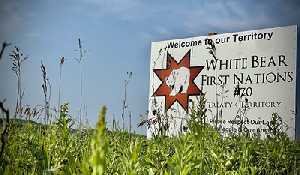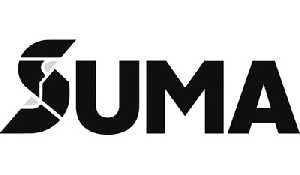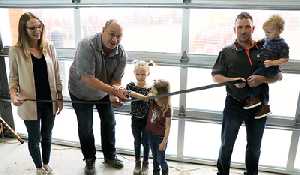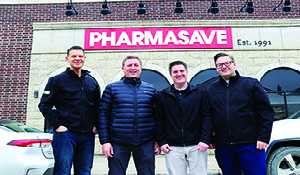Cattle producer frustrated with PDAP rules
May 19, 2022, 11:11 am
Sierra D'Souza Butts, Local Journalism Initiative Reporter
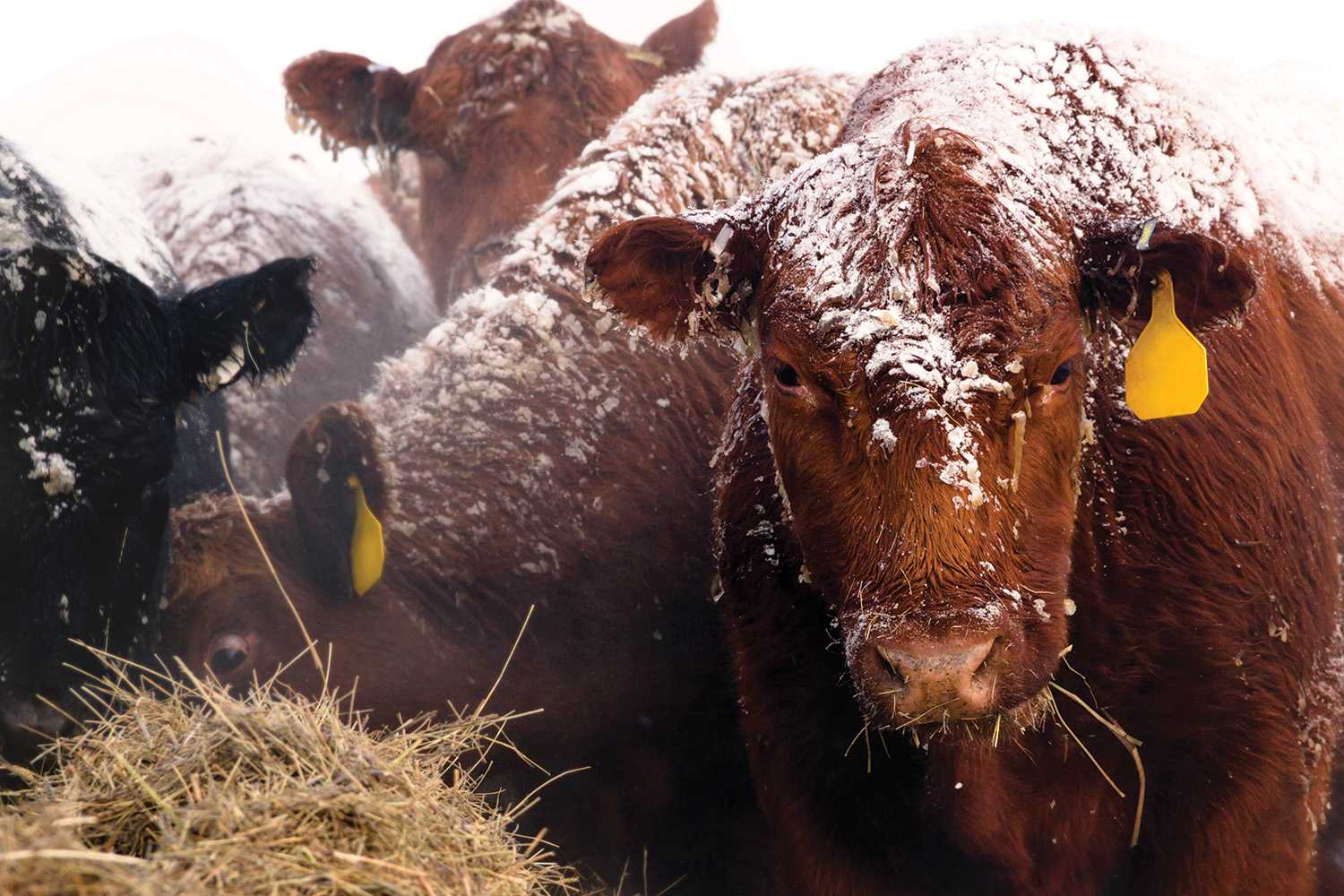

Kevin Woods, who has a grain and cattle farm and a feed lot near Moosomin, said he is disappointed to see that no changes have been made to the Provincial Disaster Assistance Program (PDAP), since the last time the Government of Saskatchewan offered it.
“PDAP has been in place for quite a while now. Back in 2011 we had a massive snowstorm go through here on April 30,” Woods said.
“Back then our farm was calving about 4,500 cows, which is a lot more than what we have now, but we lost about 350 cows in the first night’s snow storm and that’s when they came up with PDAP.
“We thought that was going to help us with these significant losses and help us get through it, but to be eligible you have to be in a certain range, and if your farm is over $2 million gross income, well then you’re not eligible for it. The size of our operation, and many other ones, just makes so many of the larger producers not even eligible.”
After two severe snowstorms in April, many local RMs declared themselves eligible assistance areas for PDAP. Farmers that are within those RMs can apply for PDAP.
However, only a limited number of farmers in Southeast Saskatchewan are eligible. Due to the requirements of the program, small businesses and agricultural operations must make more than $4,000 and less than $2 million in gross income annually, in order to apply for PDAP.
“They talk about this program like it’s great, well it’s great if you qualify for it, but for some reason they have this clause that if you gross more than $2 million then you’re not eligible,” said Woods.
“If you’re a straight calf and cow producer, then you’re probably going to stay under the $2 million cap, unless you are a large producer. If you’re a mixed farmer, which most people are in this area, there’s a good chance you’re not going to be eligible for the program.”
Woods said he is not even close to being eligible to apply for PDAP, and was hoping the provincial government would have made some changes to the program so that more farmers could apply.
“I’m not right now, and I wasn’t even close to being eligible in 2011 when I had all of those losses either,” he said.
“We were hoping the government would have stepped up and made some changes. Based on inflation alone since 2011, we obviously need to make some changes to this program to make it more suited so it actually works. There’s no sense having a program that 50 per cent of the people are eligible, and 50 per cent aren’t, simply because of a cap. My loss is just as significant to a producer that grosses under $2 million.”
Although he was not heavily impacted himself, Woods said he empathizes with the larger producers who took a loss and that are not eligible to apply for PDAP.
“There were losses for producers depending on the operation, when you started calving, and how many cows you had calving in the storm, but we definitely had some losses. They weren’t as significant as some people had, but they were still significant,” Woods said.
“Any loss is significant right now in an industry like the calf and cow business, there’s really no money being made in it. It’s a struggle to make ends meet with the cow business right now.”
Because cattle is a small portion of his overall business, Woods said he plans on staying in the industry of farming.
“The farm has been good to me, we’re a diversified operation and we’ve been too stubborn, a lot of producers say it’s easy to get out, but we have people that work for us and that rely on us,” he said.
“The cow and calf business for our operation now is a fairly small part of what we do, compared to what it was 10 or 15 years ago. Now, for some people it’s not, but for us it is so it won’t change our work load or anything if we don’t have cows, we’ll just do more of something else.”
PDAP being reviewed by the federal government
On March 22, the federal government announced that an advisory panel will review and make recommendations to update the Disaster Financial Assistance Arrangements.
Woods was asked what are his thoughts about the revision for the program.
“I did hear they were addressing it, but the problem I think is that they might address it for future disasters, I don’t think they’ll get it in for this year,” he said.
“The way they made it sound is that it might have to be changed in legislation, which is a major process and probably won’t get done in time for it be to in affect for this previous storm. I’d be amazed if it does, and if it does that’s wonderful, but I’m not holding my breath on it.”
He said the cattle industry is in a huge crisis right now.
“It’s bad, the cow-calf industry, it’s been sugar coated for quite some time now that it’s going to get better, but with inflation now and the cost of fuel, the cost of production, whether it be labor, equipment, everything has gone up dramatically,” Woods said.
“At today’s prices, cattle farmers are not even close to paying for all of their expenses and to eke out a living on top of that. There’s still some folks in the industry that want to try and remain optimistic, there probably is light at the end of the tunnel if you last long enough, but the problem is that there’s going to be a significant amount of producers that are not going to last.
“You can see it now, the cattle herds that are being dispersed and done away with, we’ve never seen these kind of cull rates that we see right now, and it’s not just Saskatchewan, it’s North America wide.
“For people who are actually making a living just in the cow and calf business, not farming, but the dollars and cents off of just the cow and calf business on its own, is not very bright to say the least.”
In the overall industry, Woods said people who are solely cattle farmers may be impacted the most.
“If you’re a producer and that’s all you’ve got, then it’s hard. We’re fortunate ourselves that we’re fairly large farmers and we have a feed lot, where the feeding business is a completely different business than the cow calving business,” he said.
“We feed cattle, but we buy other people’s cattle, we add some value to them, hopefully, and then we sell them, but the cow and calf business itself, it’s in big trouble from a number stand points.
“But, the people that can stand this, I have no doubt that down the road, they are going to get paid, and they’re going to get paid hopefully fairly well, for a period of time when the numbers come down and they decrease to a point where they can force the packing industry to pay up.”
He said a key reason for the cattle industry being too expensive to make a living off of, is because of third party sellers.
“That’s the whole issue, there are four major packers in all of North America that control about 80 per cent of the business, and they are ruthless to say the least.”
Where is the cattle industry going?
He was asked where he sees the cattle industry going in the next couple of years.
“I don’t know what number as a percentage, but I see it getting dramatically smaller. The cow herd in the southern prairies, between high costs, we’re very fortunate in this area already in spring, but if you go west of Regina and draw a line north to south, those people have a serious drought problem already, coming off the last three years,” Woods said.
“It’s not just the cattle business not making any money, farmers potentially could be coming into another serious drought, that of course is going to add enough fuel to the fire. It’s bad enough if you don’t make any money, but if you have no grass and no feed, you’re really in trouble.
“You’re out of business you might say, because you can’t keep buying it all. If you don’t have any grass, you basically have to get rid of a portion of your cow herd and that’s in all of North America, not just in Saskatchewan and Canada.
“In North America I see the cow herd becoming dramatically smaller, for a period of time at least, until we see better prices and once we see better prices that will sort of slow down our stock, and if the prices stay good for several years, you might see some re-building.
“Who knows, down the road it can do a full 180 and five years from now, we can be having a conversation the other way around, about how great the cow business is, but the problem is that it’s been bad long enough that people can only take it for so long.
“It’s not going away completely, I don’t want to make it sound like that, but I do think we’re going to be seeing a serious reduction in calf numbers, in all of Western Canada and all of North America, and we’re seeing it right now.”

